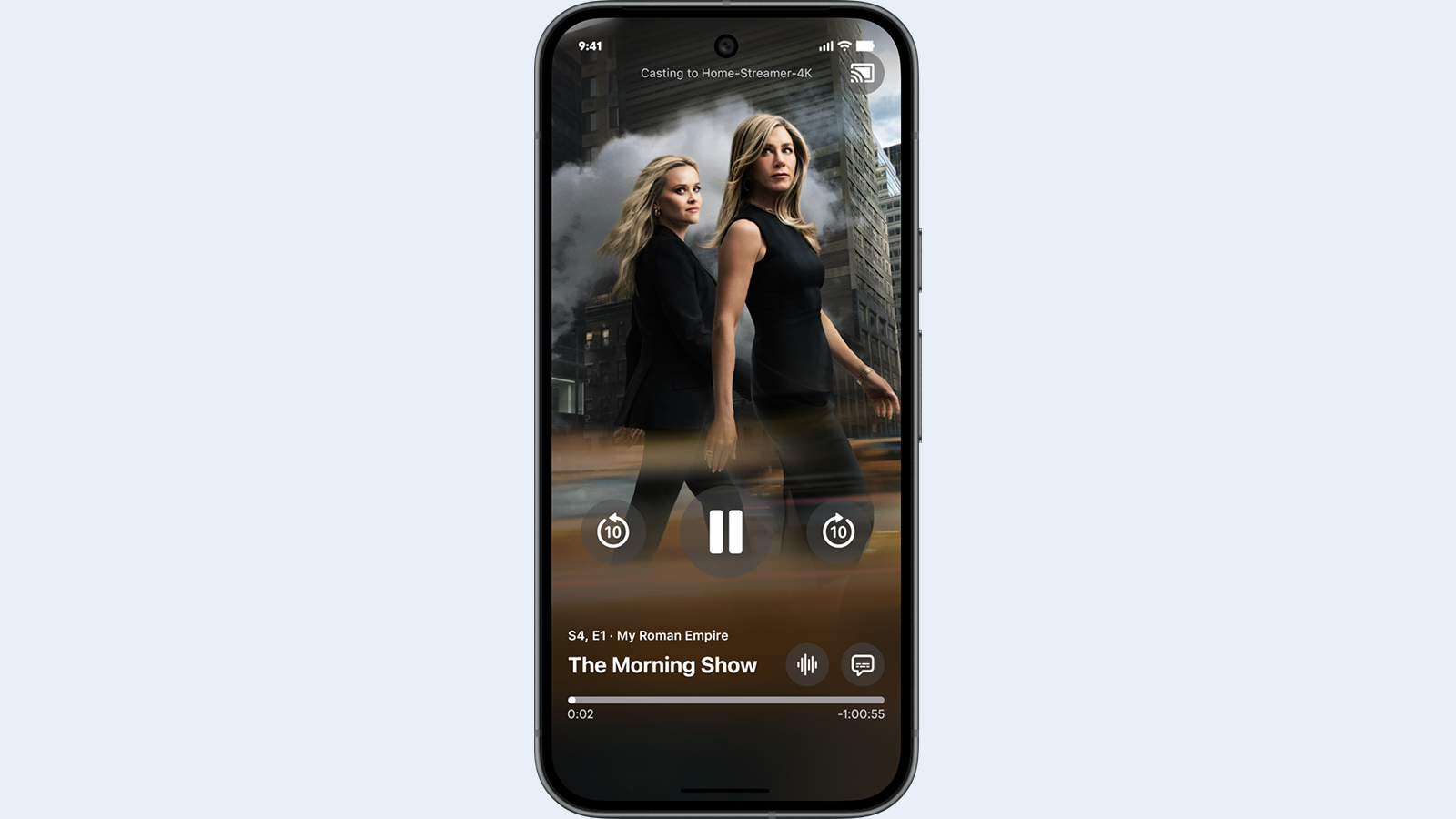MSTV video shows “Neighbor’s Static” interferes with DTV reception
If a picture is worth a thousand words, then a video recently posted on the Association for Maximum Service Television speaks volumes about the likely interference unlicensed radio devices, such as wireless Internet enabled laptops, operating on “vacant” broadcast channels will cause to DTV reception.
The video, “Your Neighbor’s Static,” shows significant real-world interference to reception of DTV transmissions in a two-story Washington, D.C. townhouse. It starts with a test device emitting control signals below the strength of the FCC proposed limit of 200 microvolts/meter being turned on in the same room as a new DTV set tuned to the over-the-air DTV transmissions of several area channels. The test device simulates out-of-band spill over interference generated by a high power unlicensed device operating on a “vacant” TV channel in a band envisioned for such devices at the FCC and in Congress.
The effect of the interference from the test device varied from DTV channel to DTV channel, but in all instances it was noticeable and unacceptable. Sometimes, the audio portion of a DTV program cut in and out. On other channels, pictures broke up or froze.
Throughout the video, the transmitter and antenna are moved farther away from the DTV set — first into the next room over, then two rooms away, next upstairs into a bedroom and finally to into an adjacent home. In all instances, the interference remained.
The video corroborates research by the Communications Research Center in Canada which found that higher power unlicensed wireless devices “desensitize TV tuners over a wide area.” According to the video, the research center found interference to DTV receivers up to 78ft from such a device.
The video also shows the same test device generating interference to reception of analog TV transmissions.
According to MSTV president David Donovan, the video was prepared to remind members of Congress and policymakers that a spectrum allocation for unlicensed wireless devices that results in more interference in the broadcast band would have a significant detrimental impact on digital sets and a negative effect on the sale of digital-to-analog converter boxes that Congress is relying on to advance the shutoff of analog TV service.
The professional video industry's #1 source for news, trends and product and tech information. Sign up below.
In a worst case scenario, consumers experience interference from such unlicensed devices would think there was a problem with their newly purchased DTV sets, return them to retailers and retard the transition process.
To view the video, visit www.mstv.org.
